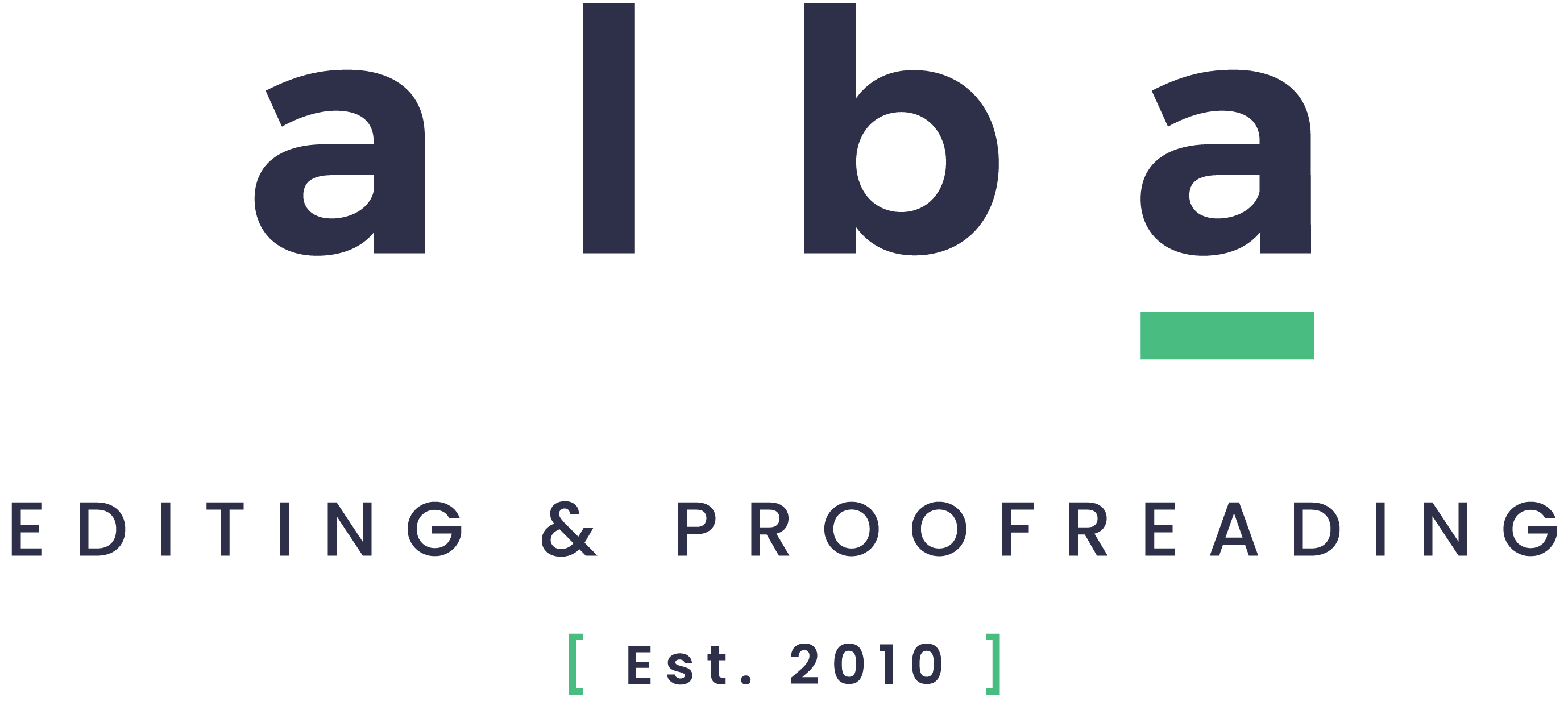- September 6, 2023
- Posted by: admin
- Category: Uncategorized
We are often asked about the differences between editing and proofreading.
They are two distinct stages in the writing and revision process, each serving a specific purpose. The key features distinguishing editing from proofreading are highlighted below:
- Editing:
Purposes: Improving the overall quality and clarity of a written piece, and addressing issues related to content, structure, organization, style, and coherence.
Scope: The text is examined at a macro level, looking at larger issues such as logic, flow, and the effectiveness of the argument or message.
Tasks: Rephrasing sentences for clarity, reorganizing paragraphs, adding or deleting content, improving transitions between ideas, and ensuring consistency in tone and style.
Goals: To refine and enhance the writing, and make it more engaging and effective in conveying the intended message.
Feedback: Suggestions are given to the author on how best to improve the document as a whole.
- Proofreading:
Purposes: Completing a final review stage, identifying and correcting errors and inconsistencies in grammar, punctuation, spelling, and formatting.
Scope: The text is treated at a micro level, picking out minor errors that may have been overlooked.
Tasks: Checking for typos, grammatical mistakes, punctuation errors, formatting issues, and adherence to a specific style guide (e.g., APA, MLA).
Goals: To ensure that the document is error-free and abides by the prescribed style and formatting guidelines.
Feedback: Generally, minimal feedback is provided on content and structure, as the main emphasis is on the text’s technical correctness.
Simply put, editing is concerned with improving the document’s content, structure, and overall quality, while proofreading represents a final meticulous check for grammar, spelling, punctuation, and formatting errors.
Both editing and proofreading are essential when it comes to producing polished and professional written work, but they serve distinct purposes and require different skills.
Finally, it is common to perform editing first to address larger issues, before the proofreading phase in which technical aspects of the text are smoothed out.
